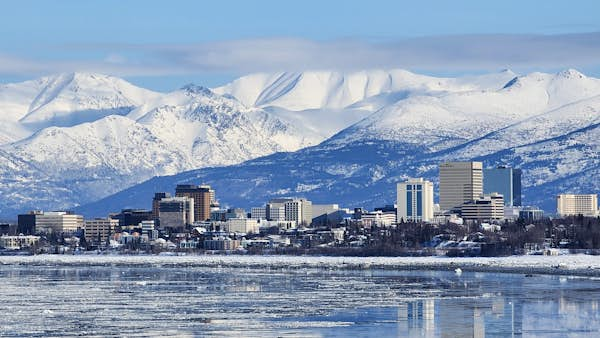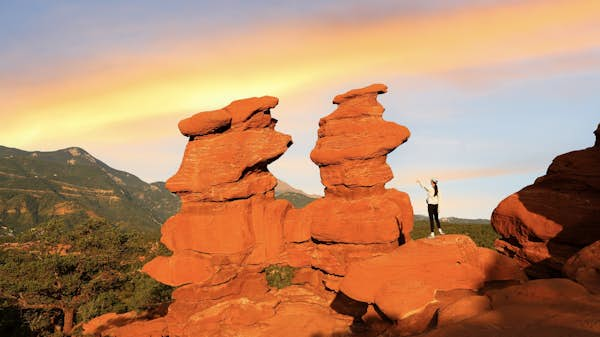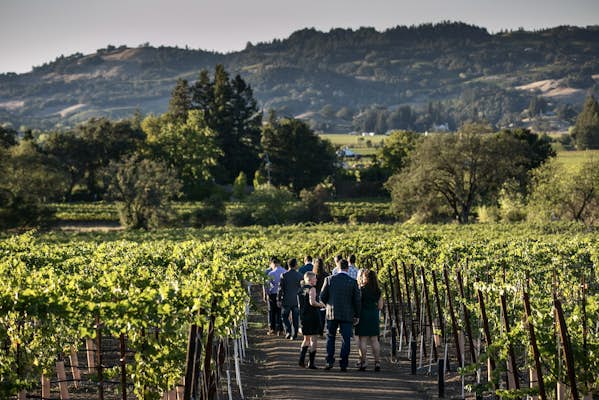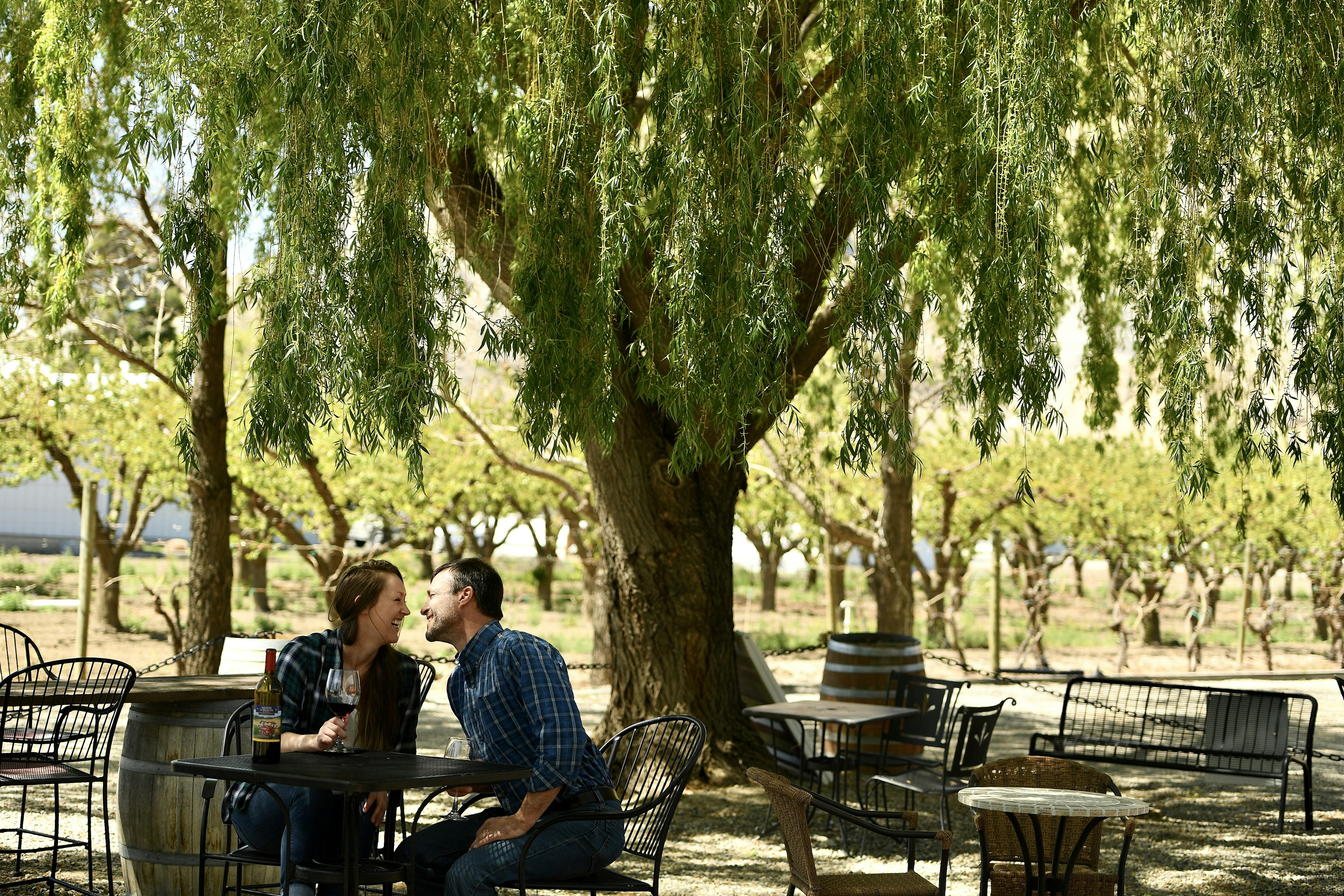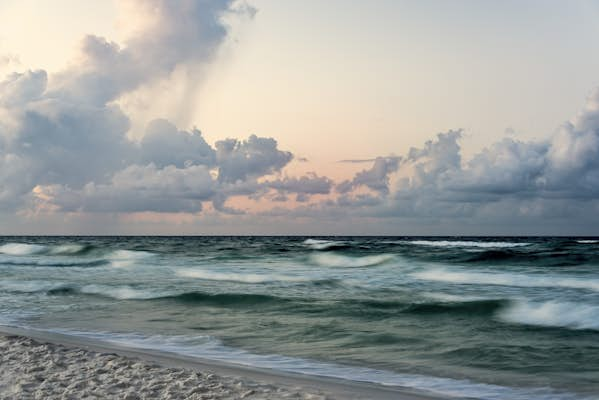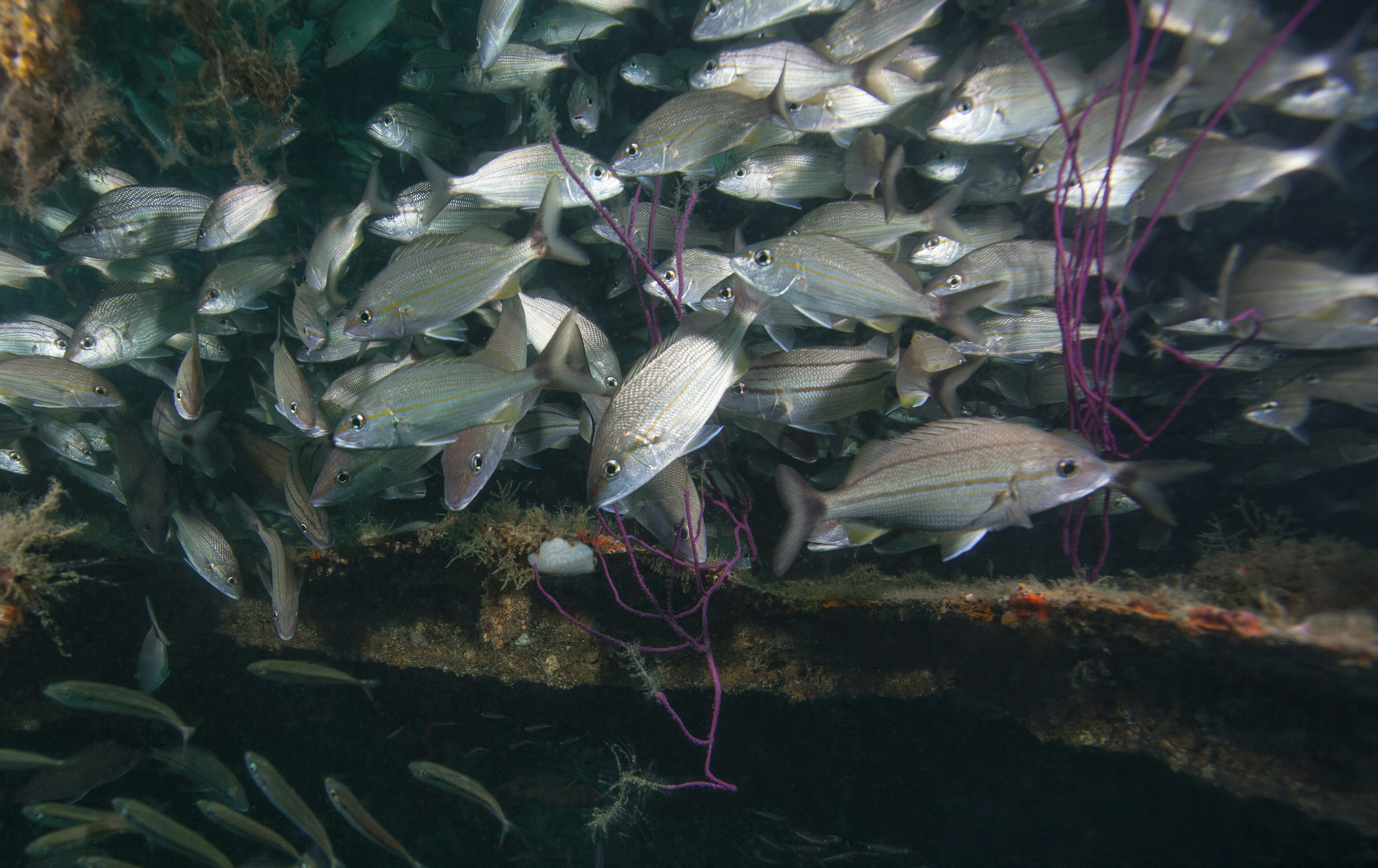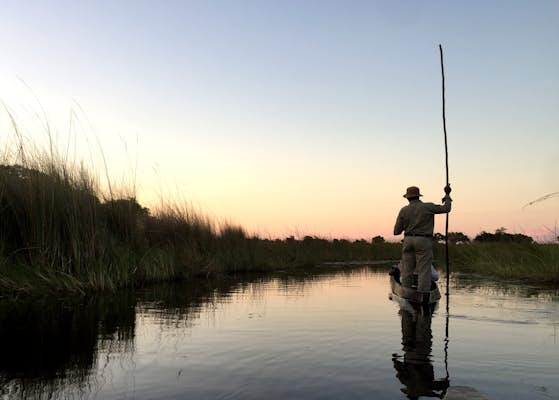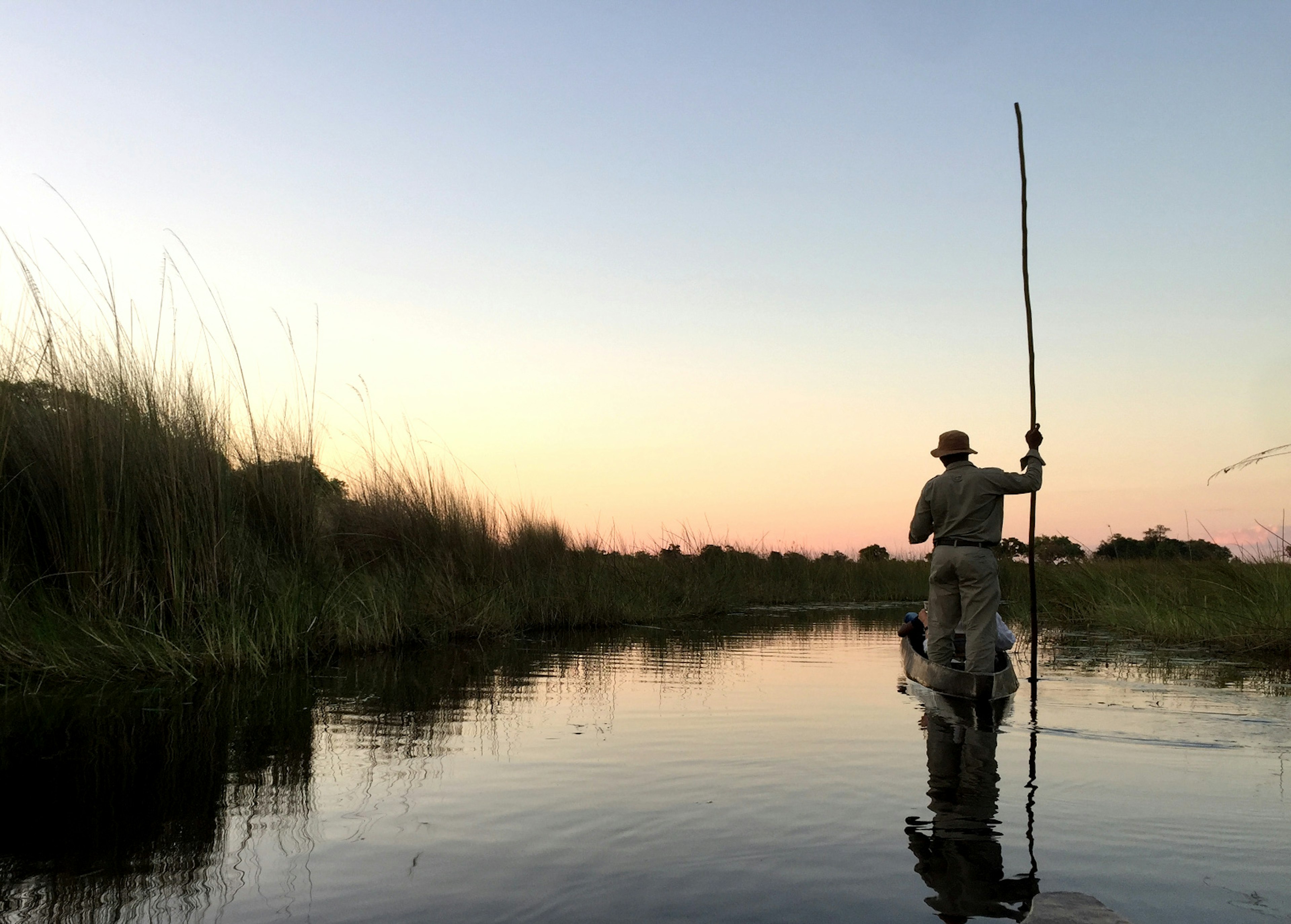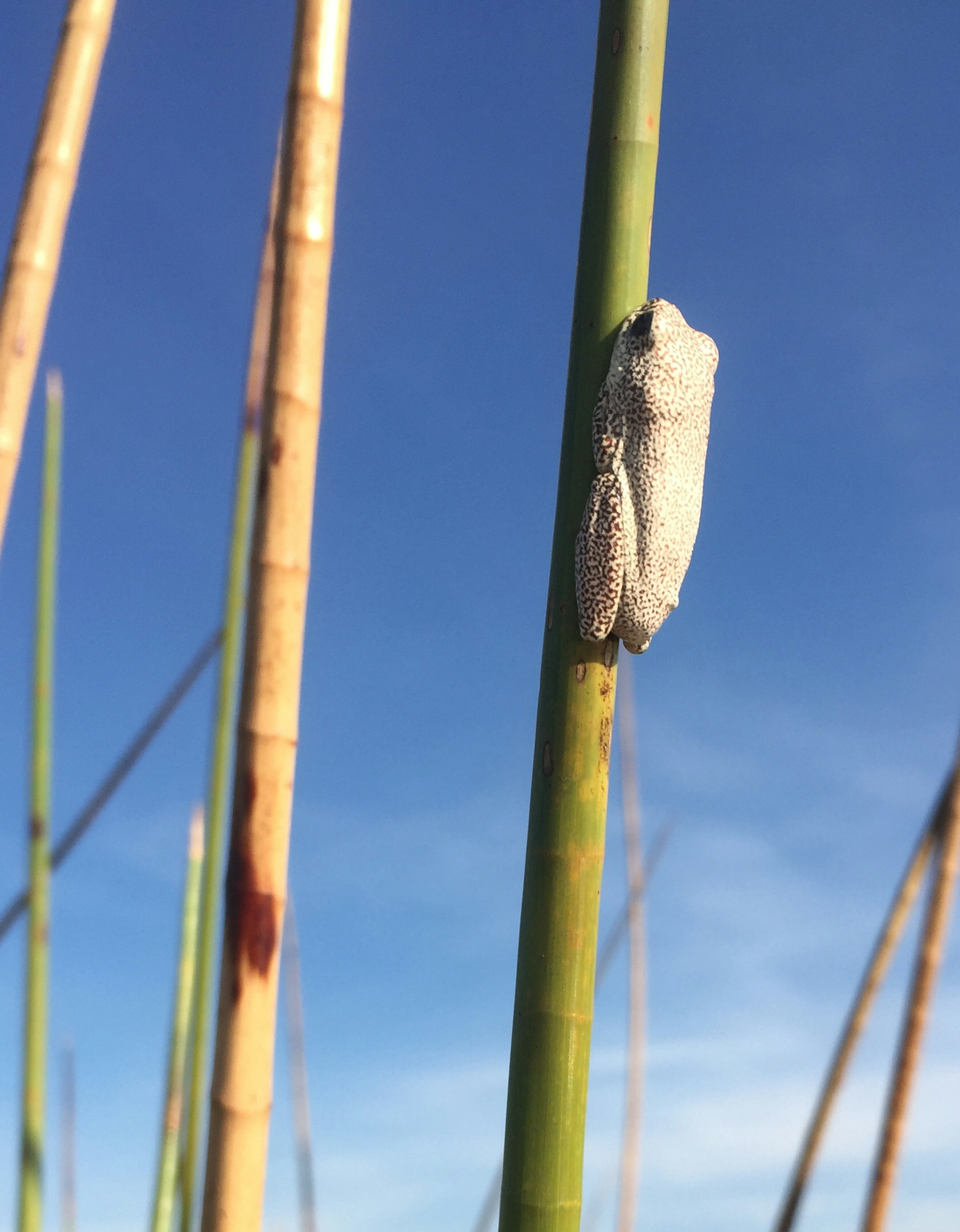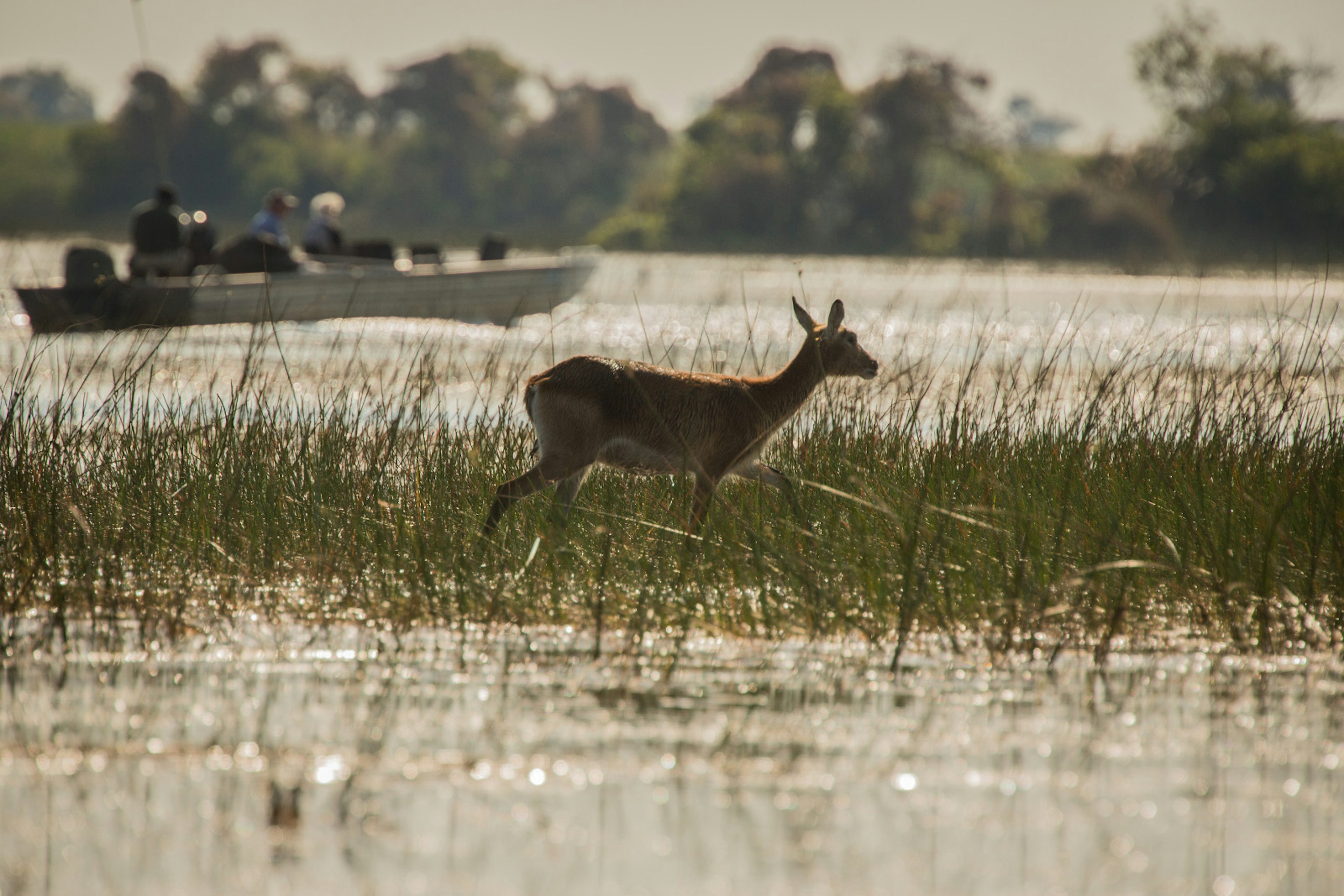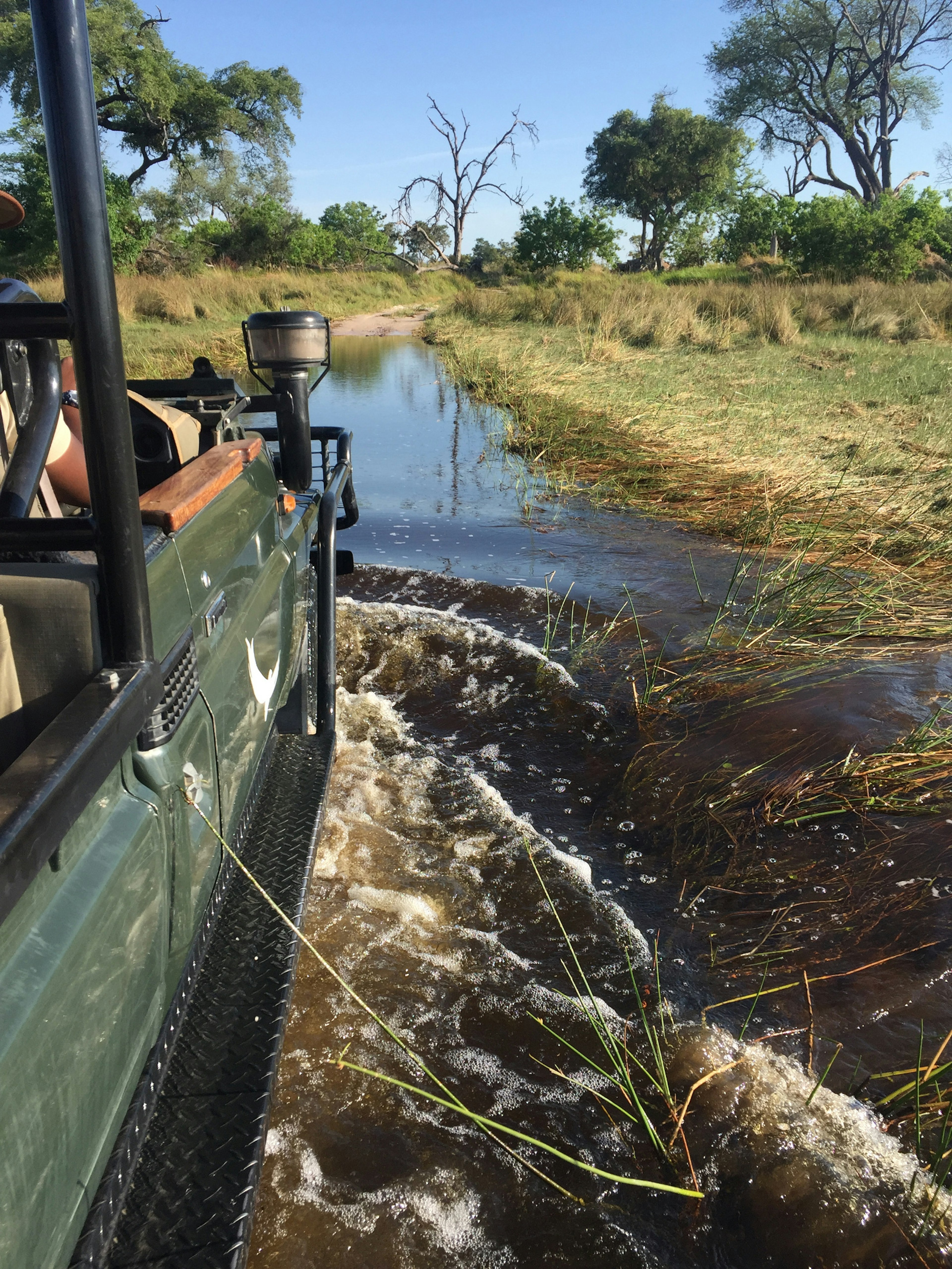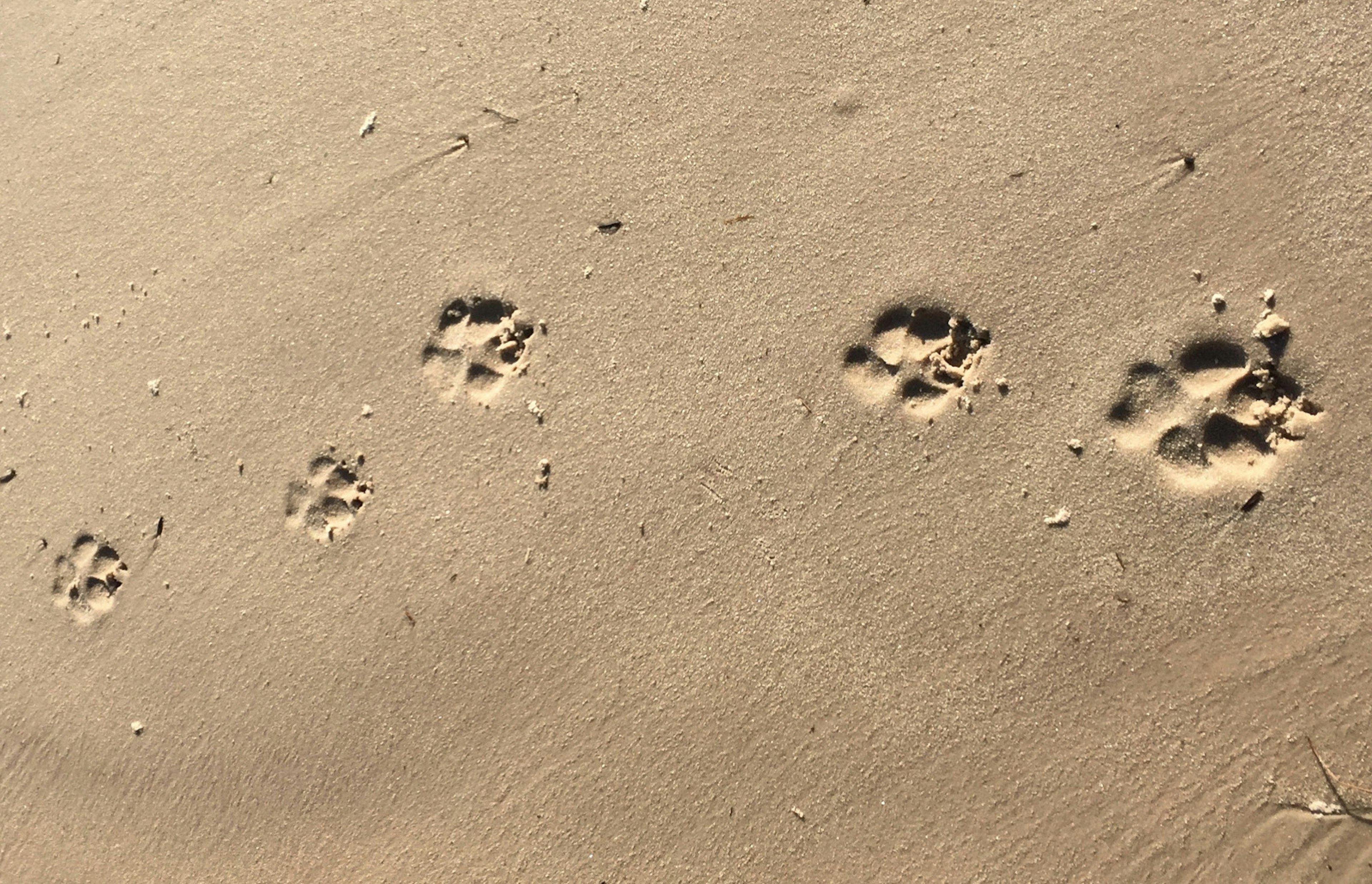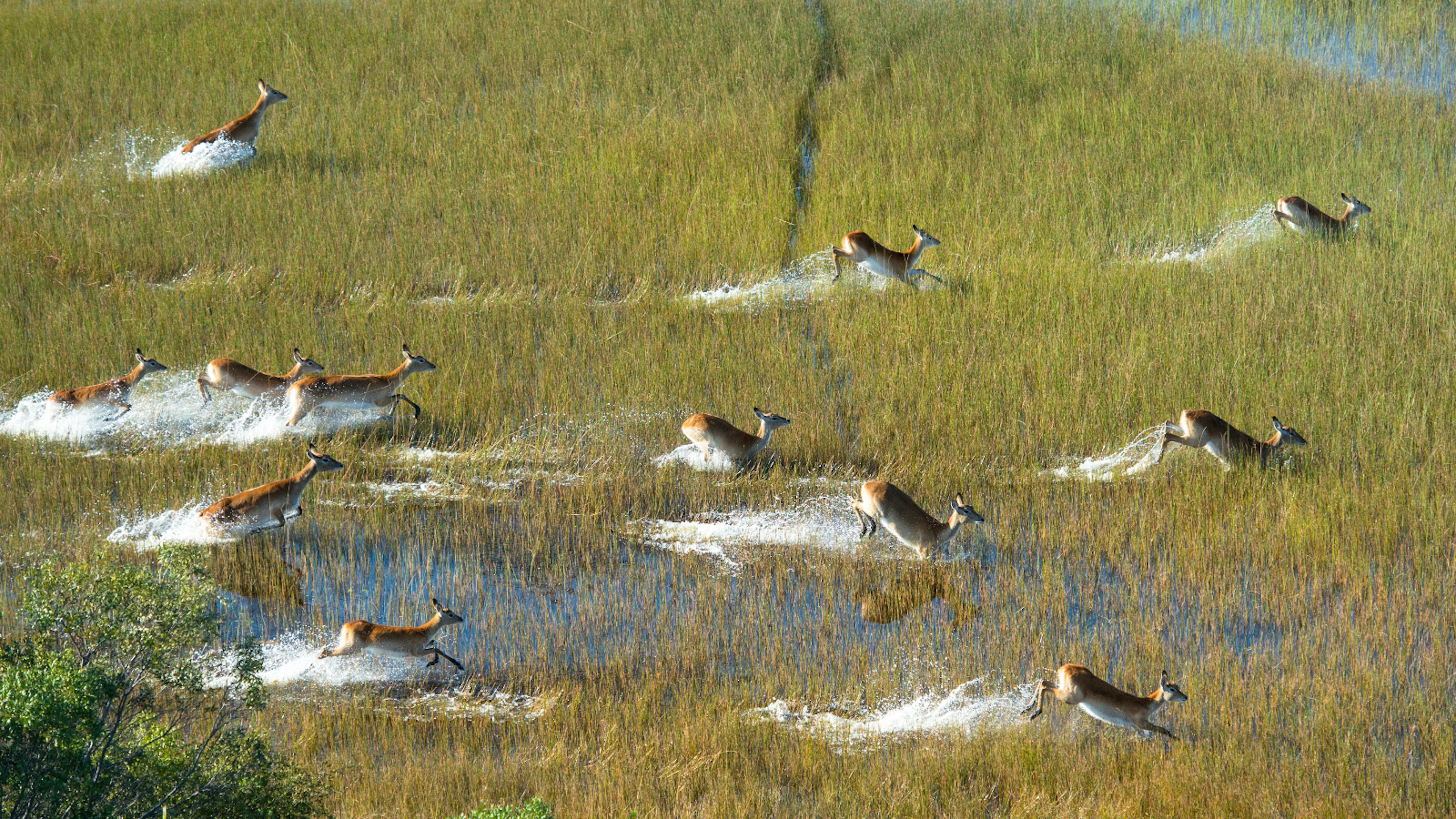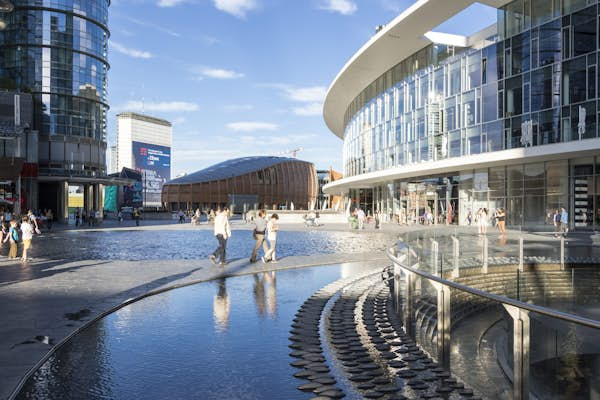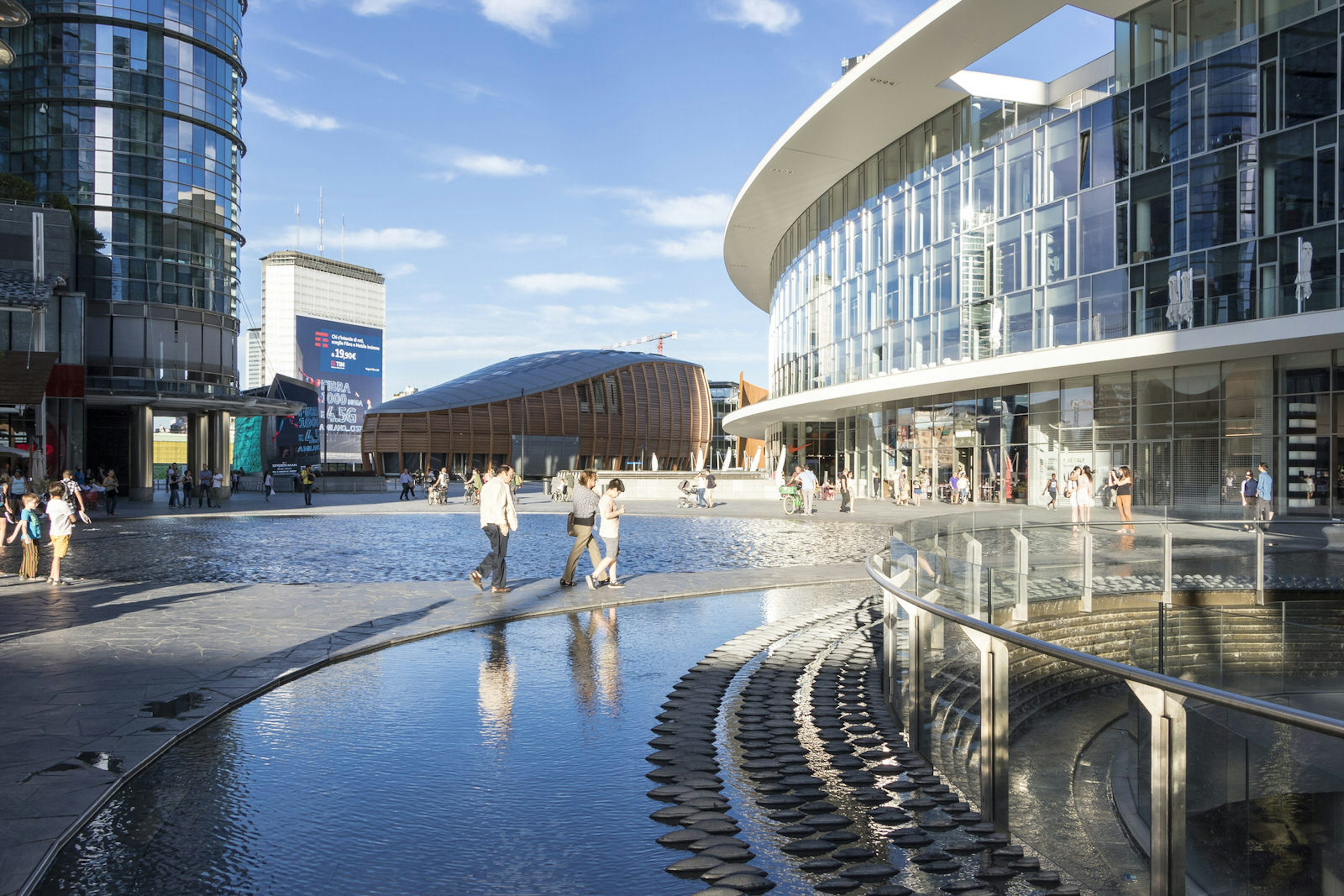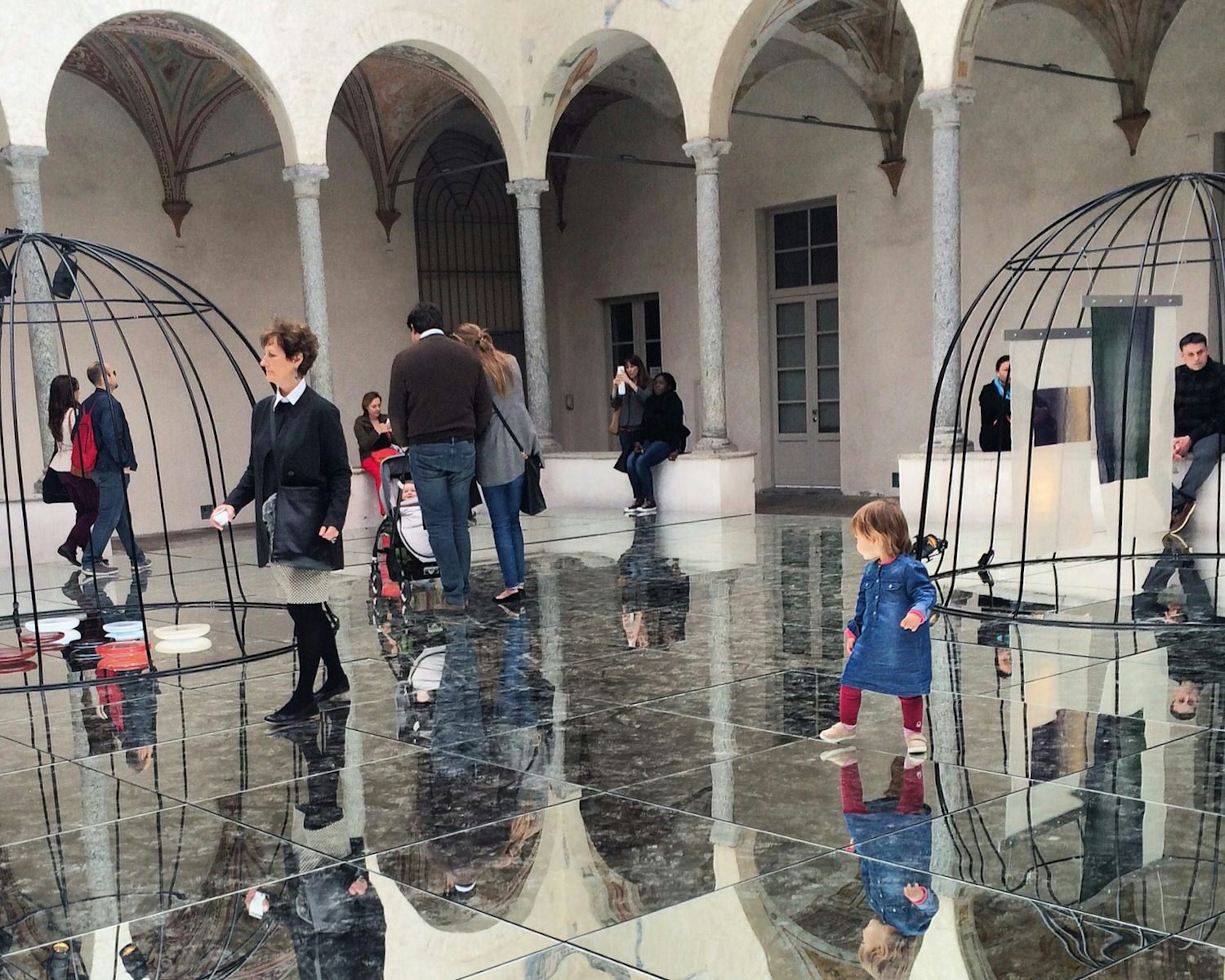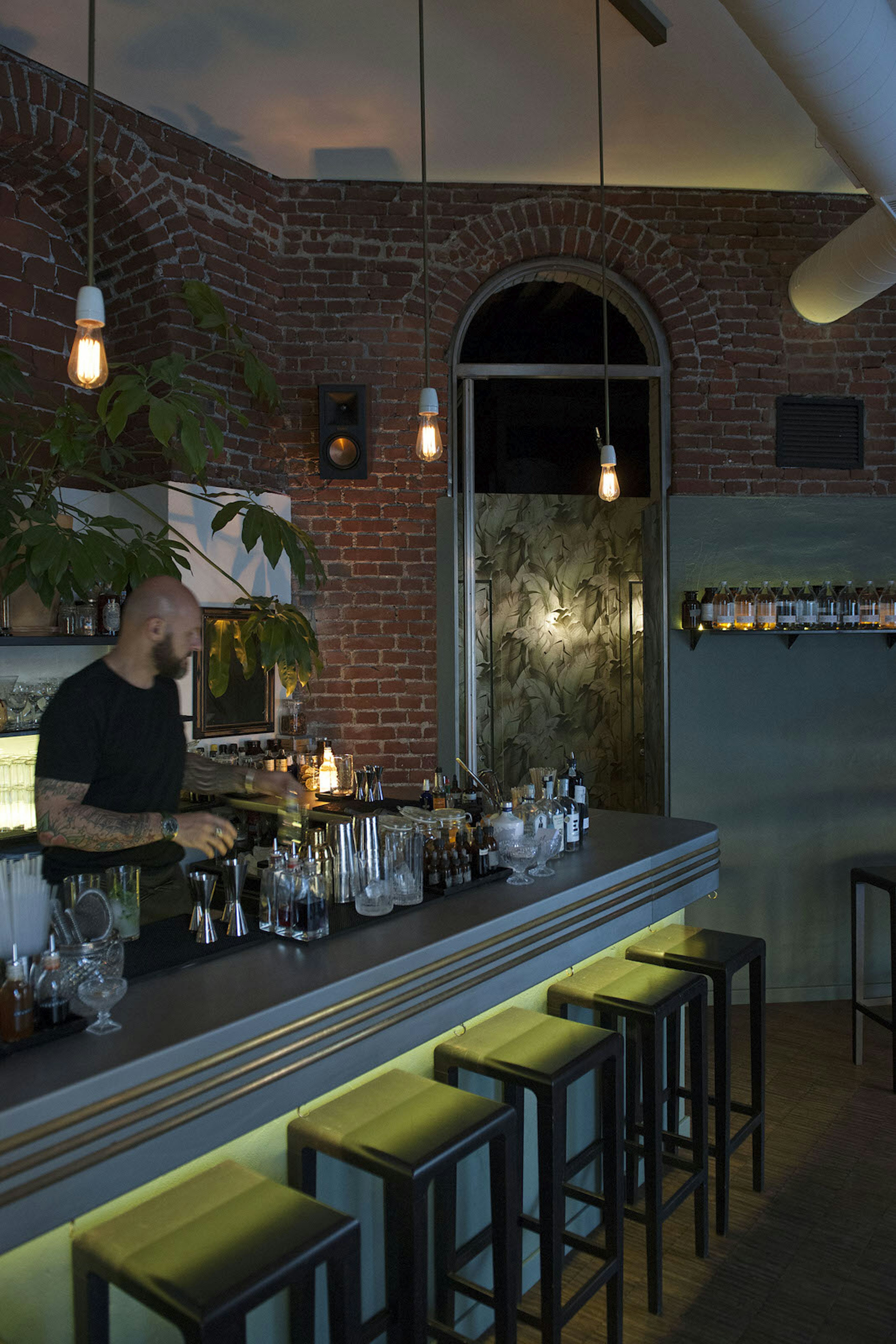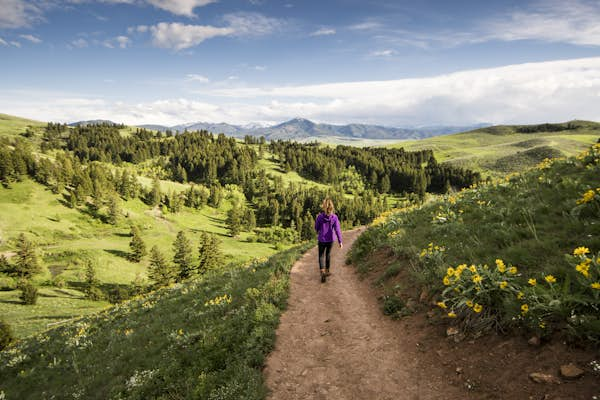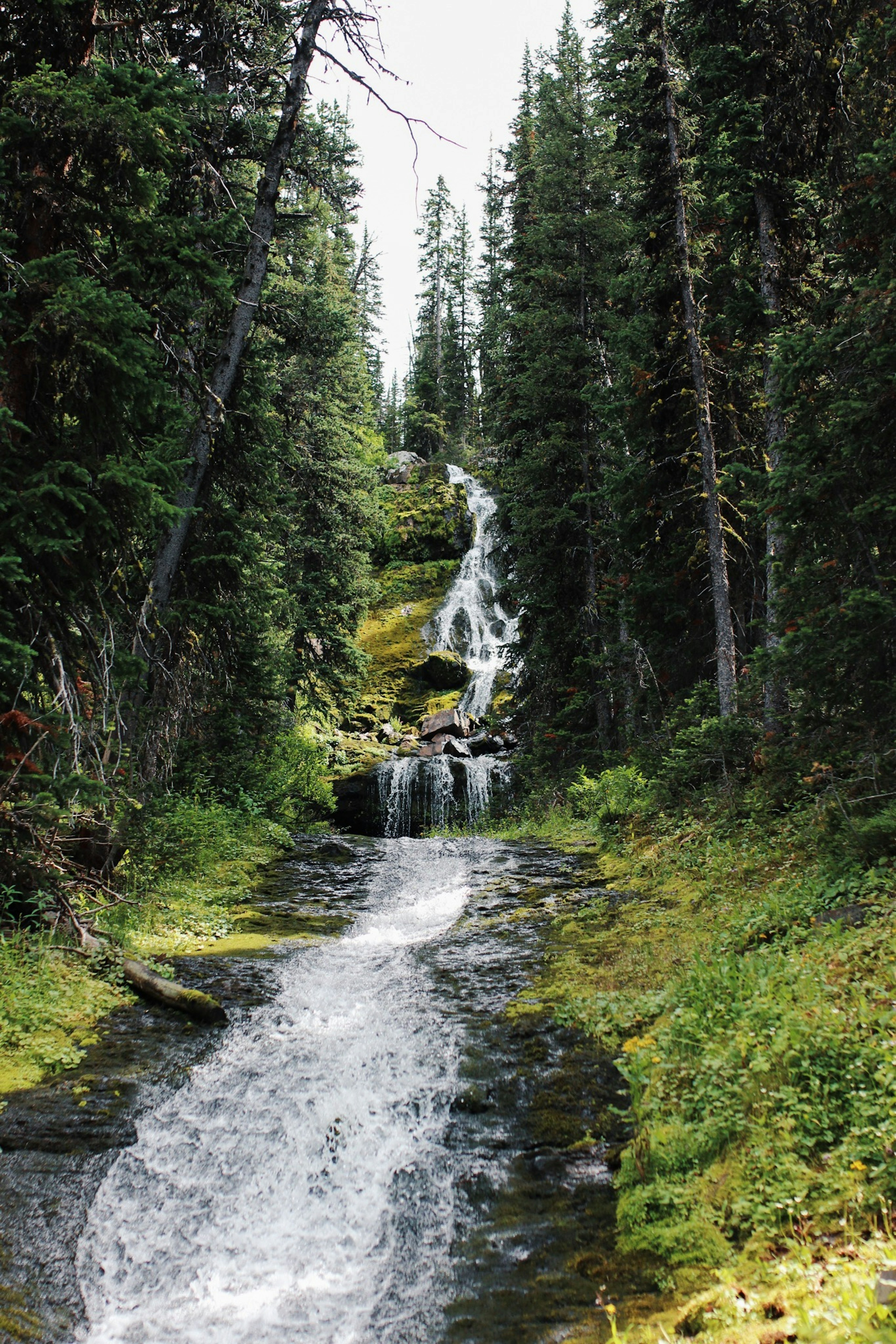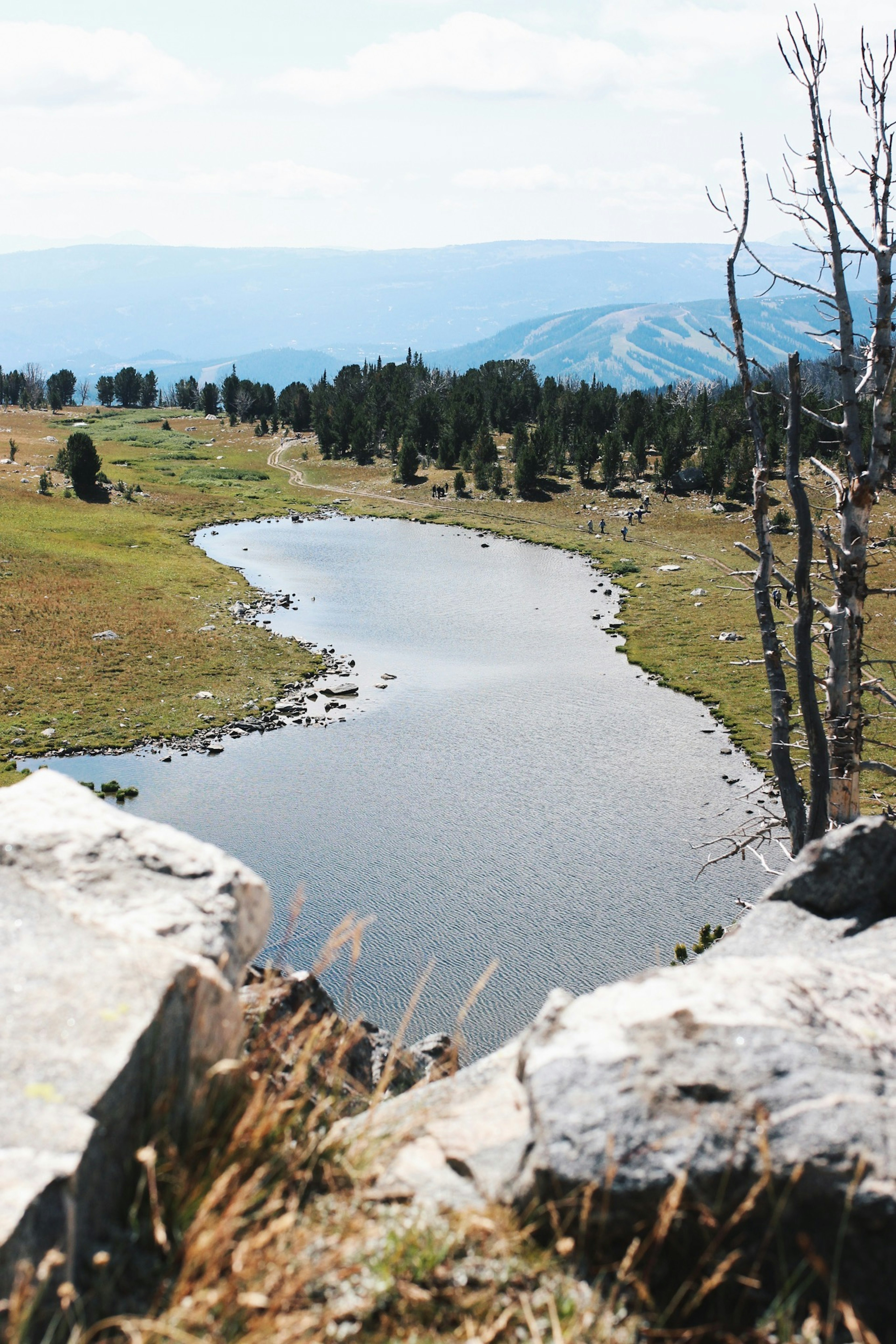Founded a little over a century ago, the largest city in Alaska is composed of neighborhoods with a newness and spaciousness you won’t find in denser, older places.
Urban districts this far north are spread out and subtly influenced by the yawning wilderness that surrounds them. And you might be surprised at just how cosmopolitan some of them are: Anchorage is home to the single most statistically diverse neighborhood in the USA.
In these six neighborhoods, you’ll be able to sample some of the city’s unique flavors, many of them low-cost or even free.
1. Downtown
Best for history and museums
Since many come to Anchorage as a stopping-off point for excursions elsewhere in the state, Downtown is only neighborhood many visitors will see. Here is where you’ll find the bulk of the city’s nice hotels, the state’s best museum, and all the requisite shops and restaurants. While on the low-rise, low-key side, the area has its quirks, such as the world’s only urban king salmon fishery at Ship Creek.
Ship Creek is where Anchorage began as a tent camp, in 1915; the settlement soon relocated to more-stable bluffs south of the river. These bluffs are home to some of the oldest buildings still standing in town, including the Oscar Anderson house (now a museum), one of the first solid structures to grace the urban grid. Nearby, another historic property, the Copper Whale Inn, offers one of Downtown’s more atypical accommodation options.
Until the 1920s, forest flourished right up to the edge of 10th Ave, and what is now Delaney Park between present-day 9th and 10th Aves served as a firebreak. The more spread-out residential neighborhood that lies to the south – the so-called South Addition – was built in the 1930s and ’40s.

2. Midtown
Best for reasonably priced accommodation
South of Downtown, Midtown is a symmetrical grid of shopping malls, chain hotels and modern bar-grills serving craft beer and burgers. What it lacks in dashing good looks, it makes up for in convenience.
With a growing number of affordable, mid-range hotels, this neighborhood can offer better value than Downtown, as long as you’re up for a bit of urban walking. And you won’t have to roam far to eat well. Midtown and its adjacent neighborhoods of North Star and Taku-Campbell offer several decent breakfast spots, a good stash of Korean restaurants (an Anchorage specialty) and one of the city’s favorite destination breweries: Moose’s Tooth, a made-in-heaven marriage of gourmet pizzas and custom-brewed beer.
The neighborhood’s only real green spot is 15-acre Cuddy Family Midtown Park, which boasts a giant kids’ playground and waterfowl-filled lagoon. The southeastern corner of the district is brushed by the 7-mile Campbell Creek Trail, the western gateway to the rawer realm of Far North Bicentennial Park.

3. Hillside
Best for trailheads into the wilderness
Spending time in Hillside in southeastern Anchorage feels like having one foot in the wilderness and one foot in an Alaskan version of Bel-Air. Flush up against the valleys and peaks of Chugach State Park and filled with some of the city’s most sought-after homes, this is a neighborhood of sweeping views and sprawling lots where you’re just as likely to find a bear rifling through your garbage as a raccoon.
Set apart from the city’s main retail and commercial districts, Hillside is more suited to activity-focused day trips than random wandering. Far North Bicentennial Park, Anchorage’s largest, contains a wildlife preserve and a small nonprofit ski area inside its 4000 acres. Densely forested and rich in fauna, it seems way too wild to be within the city limits.
The vast majority of visitors and locals gravitate a little further south to the Glen Alps Trailhead to tackle the craggy face of Flattop Mountain. Considered Anchorage’s ultimate fitness test, Flattop is a short, rough climb to a wide, rocky summit from which paragliders launch into the sky. It’s eternally popular with intrepid hikers in summer, when there’s a daily shuttle to and from Downtown.

4. Spenard
Best for nightlife
One of the metro area’s more independently minded neighborhoods, Spenard has a quirky character that stems from its status as a separate city until the mid-1970s. While Anchorage began life as a tent city, Spenard, 3 miles to the south, grew up as a lumber camp: the area takes its name from a Canadian businessman named Joe Spenard, who built the area’s original logging road (now Spenard Rd) in the 1910s.
By Alaskan standards, its personality is positively bohemian. At the Bear Tooth Theatrepub, you can eat chicken-chipotle tacos and drink craft beer while watching the latest action movie. Nearby, the Yak & Yeti Cafe introduces diners to the delights of Tibetan cuisine, while establishments like Middle Way Cafe counter Alaska’s subsistence-hunting image with a menu filled with vegetarian and vegan options.
Then there’s the nightlife. Spenard might be the best place in Anchorage to blow your vacation budget, courtesy of places like Chilkoot Charlie’s, an eccentric emporium of drinking, dancing and live music that has been loosening collars since 1970.
5. Mountain View
Best for diverse cuisine
A neighborhood 2 miles from Downtown rarely visited by outsiders, Mountain View is more intriguing than first impressions would suggest: a study in the 2010s concluded it was the most diverse neighborhood in the US. Native Alaskans, Asians and Pacific Islanders are well established in the community, with Ethiopians, Peruvians and Somalis among more-recent arrivals.
While not really set up for tourists, the neighborhood can be shoehorned into a short afternoon trip from Downtown. Cycle the Ship Creek Trail to its eastern terminus and then wobble along Mountain View Dr, with its ethnic grocery stores and small restaurants, until you find a place that looks appetizing. Hawaiian-themed Hula Hands concocts authentic pulehu (wood-fire grilled) chicken, while the fresh-baked pretzel buns at West Berlin pair well with a German pint.

6. Turnagain
Best for coastal vistas
Though airport-adjacent districts are mostly ignored by travelers unless they’re on the lookout for an affordable layover hotel or nurture a secret fascination for plane-spotting, Anchorage’s Turnagain neighborhood is different. Inhabiting the western tip of the Anchorage peninsula at the point it juts into Cook Inlet, the area is circumscribed by the beautiful Tony Knowles Coastal Trail, which offers the quintessential Anchorage bike ride.
What’s more, the area showcases a tragic chapter of the city’s past. In 1964, the second-biggest earthquake in recorded human history destroyed 75 houses in the vicinity of Turnagain Heights, sending part of a waterside bluff sliding into the sea. The event is memorialized in Earthquake Park, which overlooks the mudflats of Knik Arm. Turnagain has rebounded since the seismically unstable ’60s and today is one of the city’s more expensive zip codes.
Closer to the airport, the Alaska Aviation Museum sits on the south shore of Lake Hood, the world’s busiest seaplane base; nearby, a strip of comfortable mid-range hotels (all with free airport shuttles) line the southern end of Spenard Rd. The Lakefront Anchorage Hotel backs onto Lake Spenard, the eastern extension of Lake Hood, allowing guests to watch the comings and goings of the ubiquitous floatplanes from their rooms.
